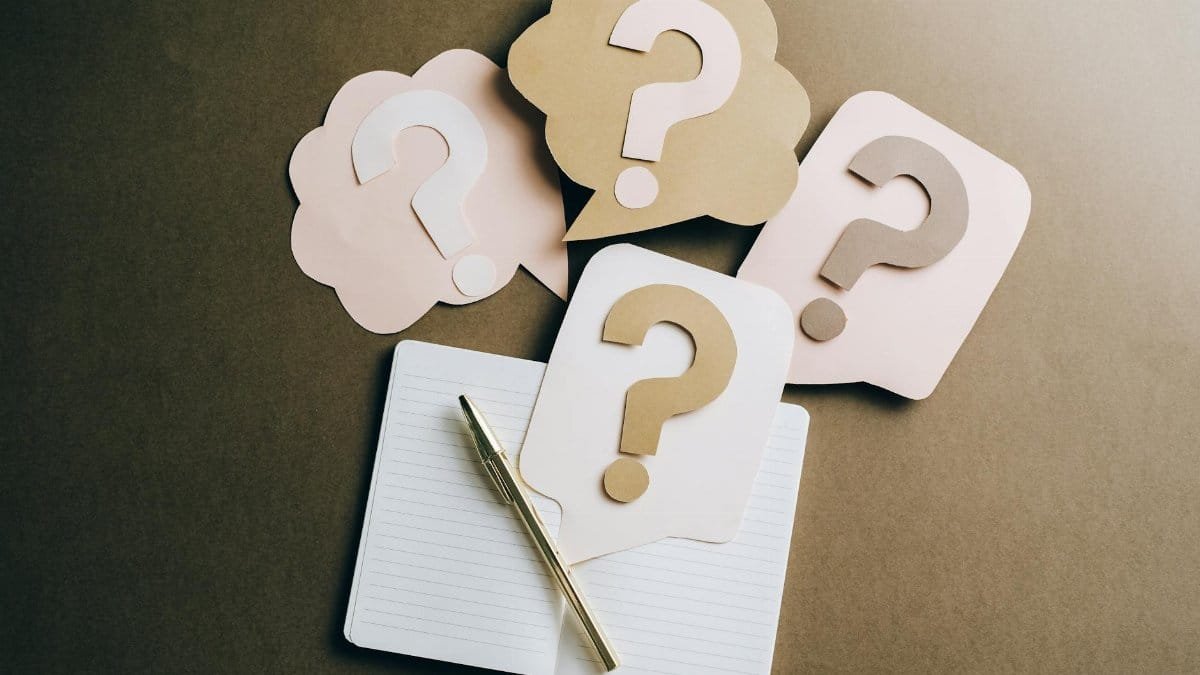A recent study from the American Psychological Association revealed that nearly 40% of adults report struggling with concentration amid daily distractions, a figure that’s climbed steadily over the past decade. This surge underscores a growing need for effective strategies to reclaim mental clarity. Enter mind tricks—simple yet powerful cognitive techniques that can heal the mind and sharpen focus without requiring elaborate tools or therapies. Drawing from psychology and neuroscience, these tricks offer practical ways to combat mental fog, reduce stress, and enhance productivity. As we navigate an increasingly chaotic world in 2025, incorporating such methods isn’t just helpful; it’s essential for maintaining well-being. What follows are eight mind-healing tricks designed to boost focus, each building on evidence-based insights to help you thrive.
Trick 1: Breathe to Anchor

Start with something deceptively simple: controlled breathing. In moments of scattered thoughts, pause and inhale deeply for a count of four, hold for four, then exhale slowly. This isn’t mere relaxation; it’s a reset button for the brain. Researchers at Harvard Medical School have shown that such practices activate the parasympathetic nervous system, lowering cortisol levels and improving attention span. Imagine a busy parent juggling work calls and household chaos—suddenly, a few breaths bring the whirlwind to a halt, allowing laser-like focus on the task at hand.
But let’s not oversimplify. The real power emerges when you pair this with intention. One woman, reflecting on her routine in an anonymous online account, described how morning breathing sessions transformed her foggy starts into productive days, noting a palpable shift in mental energy. To make it stick, set reminders on your phone. Over time, this trick heals the mind by fostering resilience against distractions, turning fleeting calm into a steady state.
Evidence supports this approach. A study published in the Journal of Neuroscience found that mindful breathing enhances connectivity in brain regions tied to focus. It’s accessible, requiring no special equipment, yet profound in its impact on daily life.
Trick 2: Visualize the Sharpen

Picture a mental blade honing itself against a whetstone—that’s the essence of this trick, which directly sharpens the mind. Begin by closing your eyes and envisioning your thoughts as a blurry image gradually coming into crisp focus. This visualization technique, rooted in cognitive behavioral therapy, trains the brain to discard irrelevant noise. According to experts at the National Institutes of Health, such mental imagery can rewire neural pathways, boosting executive function and concentration.
Take Sarah, a fictional composite based on real accounts: a marketing executive overwhelmed by endless emails. She started each day with five minutes of sharpening visualization, imagining her priorities crystallizing like a high-definition photo. Soon, her productivity soared, and the mental haze lifted. What makes this trick stand out? It addresses the root of distraction—overloaded cognition—by actively refining mental processes.
Delve deeper, and you’ll find layers. Combine it with journaling to track progress, noting how sharpened focus leads to fewer errors and greater satisfaction. A report from NIH on Mindfulness and Cognition highlights similar benefits, showing reduced mind-wandering in participants. In 2025’s fast-paced environment, this trick isn’t just helpful; it’s a game-changer for sustained mental acuity.
Trick 3: Chunk the Overload

Ever feel buried under a mountain of tasks? This trick flips the script by breaking them into bite-sized chunks. Instead of tackling a massive project whole, divide it into 10-minute segments. Psychology tells us this reduces procrastination and builds momentum, as small wins release dopamine, the brain’s reward chemical.
Consider a student preparing for exams. Overwhelmed at first, he chunked study sessions into focused bursts on single topics, transforming dread into achievement. The method draws from behavioral science, where segmenting work prevents cognitive overload. It’s healing because it restores a sense of control, mending the fractures caused by chronic stress.
Vary the application: for creative work, chunk brainstorming from execution. Research from the University of California, Berkeley, supports this, linking task segmentation to improved focus and lower burnout rates. Integrate it seamlessly into your routine, and watch mental clarity emerge from the fragments.
Trick 4: Nature’s Reset Button

Step outside. That’s the core of this trick—immersing yourself in nature to reboot focus. A short walk in a park can clear mental cobwebs, as fresh air and greenery stimulate sensory awareness and reduce rumination.
One vivid example comes from urban dwellers in bustling cities like New York, where a quick park stroll amid deadlines often reignites stalled creativity. Scientists at Stanford University have documented how nature exposure enhances cognitive function, with participants showing better attention after woodland walks.
But there’s nuance here. Not everyone has access to vast forests; even a potted plant or window view can suffice. A study in Frontiers in Psychology on nature’s restorative effects confirms this, noting decreased anxiety and sharpened focus. In healing the mind, this trick reminds us of our innate connection to the environment, fostering long-term resilience.
Trick 5: Question the Distraction

What if you interrogated your distractions instead of succumbing? This trick involves pausing when interruptions arise and asking, “Is this truly urgent?” It cultivates mindfulness, redirecting energy back to priorities.
Think of a writer derailed by social media pings. By questioning each one, she reclaimed hours, her focus healing from constant fragmentation. This draws from cognitive therapy principles, empowering users to challenge automatic behaviors.
Expand it: keep a distraction log to identify patterns. Data from Pew Research Center indicates that 70% of Americans feel overwhelmed by digital interruptions, making this trick timely. A linked report from Pew on Information Overload explores these trends, underscoring the need for such interventions in 2025.
Trick 6: Affirm the Flow

Affirmations might sound fluffy, but tailored ones can propel focus. Repeat phrases like “I am centered and productive” during transitions. This reprograms self-talk, healing negative thought loops that erode concentration.
A sales rep, battling self-doubt, adopted this and noticed sharper negotiations. It’s backed by neuroscience: positive affirmations activate reward centers, as per findings from the University of Pennsylvania.
To deepen impact, tie affirmations to specific goals. Reflect on progress weekly. An article in the Journal of Personality and Social Psychology details how this builds mental fortitude, offering a subtle yet effective mind trick for everyday healing.
Trick 7: Sensory Anchor Points

Engage your senses to ground focus. Touch a textured object, like a smooth stone, when thoughts wander. This tactile reminder pulls you back, healing scattered attention through immediate awareness.
Picture an artist in her studio, using a scented candle to anchor sessions. The aroma signals “focus time,” enhancing immersion. Studies from the Mayo Clinic link sensory cues to improved cognitive control.
Experiment with sounds or tastes for variety. A comprehensive review from Mayo Clinic on Mindfulness Practices supports this, showing reduced stress and heightened focus. It’s a versatile trick, adaptable to any lifestyle.
Trick 8: Reflect and Release

End your day with reflection: jot down three focused achievements and release unfinished tasks. This closure heals the mind by preventing overnight rumination, setting the stage for tomorrow’s clarity.
An entrepreneur adopted this ritual, finding it dissolved residual stress, sharpening morning focus. It’s informed by sleep science, where mental unloading improves rest quality.
Make it personal—perhaps add gratitude. Research from the American Psychological Association, detailed in their stress management resources, affirms the benefits for cognitive health. As we close this list, remember: these tricks compound over time, transforming fleeting focus into enduring mental strength.
